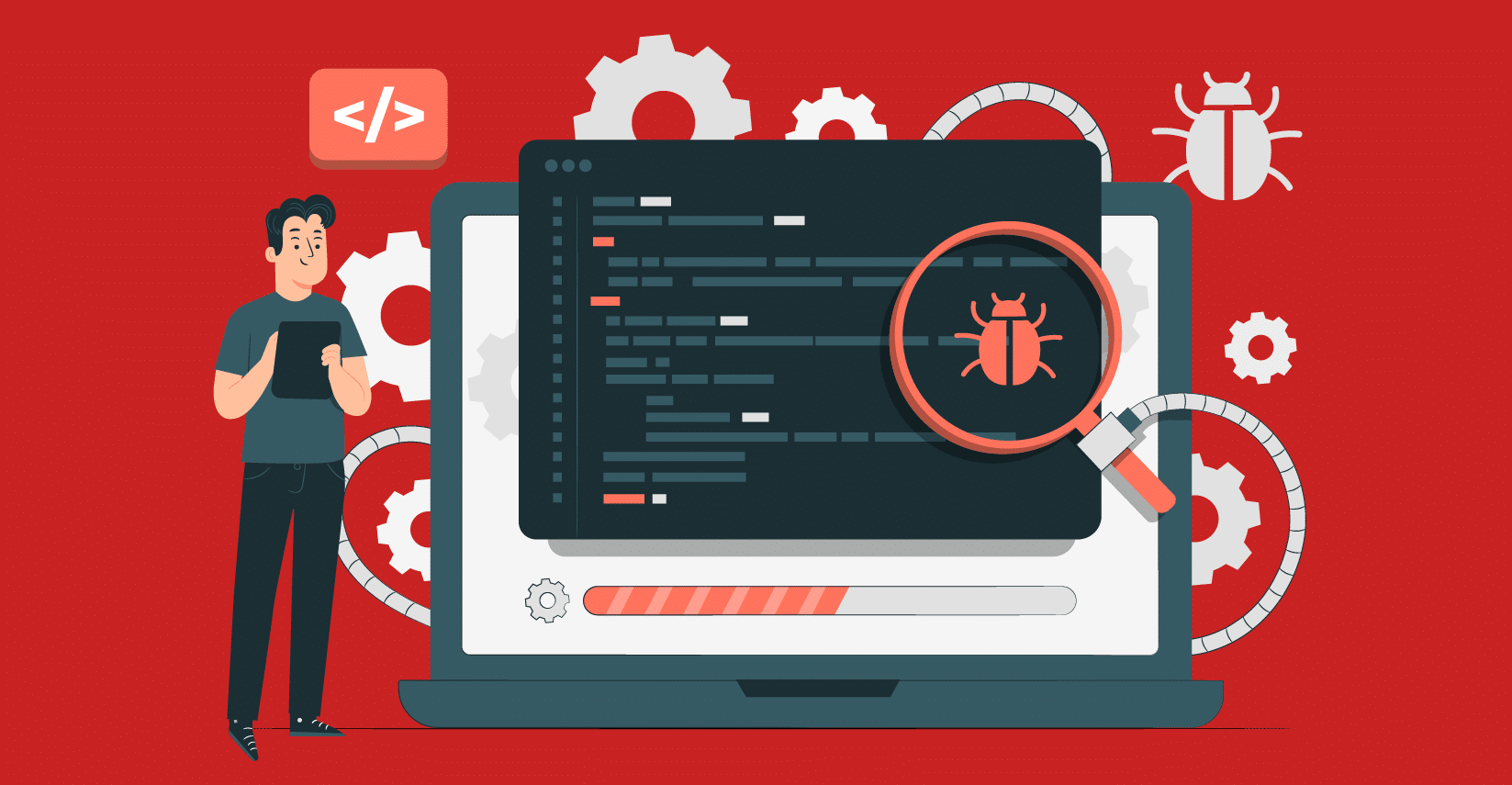Reliability and quality of a software has now become a top priority for the maintenance of reputation in the market. The most important part of maintenance is bug detection to maintain the quality of the product.
The later you detect it the more expensive it will become to remove it. Traditional detection methods take a long time in QA testing and usually fail in detecting them from the product due to the complexity.
Then it causes late releases and much more cost. So the advancement is machine learning that helps in the detection and has wonderfully transformed the detection process. So let’s learn more about it.
Challenges of Bug Detection with Traditional Detection Methods
Until the advances, it was completely dependent on manual testing. That was based on reviews of codes and then user feedback. Sounds time taking? Yes it was time taking.
These methods are valuable but have many challenges as well. Here are those challenges which QA teams face while detecting manually.
Time Consuming
In real-world settings, clients do not devote extra time to software development. Both software developers and customers expect that the software development will be completed on time. Then they don’t provide extra time for issue handling. It takes a long time to finish the defect Management procedure manually.
Previous research studies have mentioned that when people conduct particular processes, it takes a long time compared to machines.
After evaluating prior studies, we found that the testing stage of the software development life cycle takes more time to fix or manage defects.
The following figure illustrates how time affects the SDLC. According to the diagram, it aims to show Time is one of the major challenges in manual issue control in the software development industry.
The other crucial point is that time and budgeting have a proportional relationship.
Budget
Budget is the most critical factor in the software development industry and for complete test management . Issues in software are typically discovered during the implementation and testing phases of the SDLC.
After examining previous activities, the cost of quality and issue control varies from stage to stage.
Previous stages of SDLC problem fixing and managing budgeting are lower, while later stages have a bigger budget. This is the previous researcher’s result on the impact of funds for management at each stage of the software development life cycle.
The conclusion that can be derived from this graphic is that budget is one of the challenges faced in the software development industry, and if done manually, it will take more time, resulting in a higher budget.
Incomplete or incorrect bug reports
Inadequate details in reports, such as ambiguous descriptions or missing facts, can make it difficult for engineers to adequately diagnose and resolve the issue. Testers must endeavor to produce accurate and full reports.
Collaboration Gaps among Testers and Developers
Misinterpretation of defect reports or a lack of good communication between testers and developers can cause delays in resolution. Having clear channels of interaction and cooperation is critical for effective reporting.
Non-Reproducible Bugs
Issues that are irregular or difficult to recreate provide significant obstacles in reporting. Testers must rigorously describe their testing environment, processes, and conditions to help developers reproduce elusive errors.
To overcome these issues, machine learning is one of the most important inventions as it sorts out the issues smoothly.
What is Machine Learning?
Machine learning is a basic subfield of artificial intelligence (AI) that allows programs to learn from data without requiring direct programming.
It entails computers discovering insightful knowledge without being guided, utilizing algorithms that acquire data in a process that is iterative.
This term has been around for a while, but the concept of automating hard mathematical operations on large datasets has gained traction.
Approaches for Machine Learning
Here are the approaches:
Supervised Learning Models
| Classification Algorithm | ||
| Decision Trees | Support Vector Machines (SVM) | Neural Networks |
| These kinds of models use a structure resembling a tree to make feature-based judgments. They are user-friendly, easy to read, and are capable of handling both numerical and category data. However, they can be over-fitting or sensitive to small alterations in the data. | SVM seeks to identify the best hyperplanes to distinguish distinct classes in data. They perform effectively in high-dimensional spaces and are capable of handling nonlinear data via kernel functions. However, SVMs may be less successful if the data is cluttered or redundant.Supervised learning models need labeled training data in which bugs are clearly classified. | Neural networks, particularly deep learning models, are increasing in prominence due to their capacity to deal with complicated correlations in data. They are made up of layers of interrelated nodes that may learn complex patterns but may require significant processing resources and lengthy training data. |
Training Data and Feature Extraction:
To efficiently train the models, feature extraction entails extracting important characteristics from the code, such as code syntax, code complexity metrics, or historic data.
Unsupervised Learning Techniques
| Clustering Algorithms | |
| K-means | DBSCAN |
| K-means clustering divides data into ‘k’ clusters according to similarity in feature space. While efficient, selecting the number of clusters ahead of time may not always coincide with bug classification demands. | DBSCAN uses density to identify clusters and outperform K-means in terms of noise handling. It does not require providing an estimate of clusters and can locate arbitrary formed clusters, making it appropriate for bug detection in situations when the amount of clusters is unknown in advance. |
| Anomaly Detection | |
| Isolation Forest | Autoencoders |
| This method discovers anomalies or outliers by separating occurrences in a dataset using fewer steps than ordinary observations. It is effective at detecting rare flaws or anomalies in program behavior. | Autoencoders are neural networks built for unsupervised learning, or learning to represent input in a lower-dimensional space. They can reconstitute input data and are valuable for spotting abnormalities or departures from expected behavior in software. |
Modern machine learning technologies provide interesting options for error discovery and classification by utilizing algorithms that may be trained from data patterns.
Supervised learning models perform well with labeled data, whereas unsupervised algorithms can detect anomalies or group instances that are comparable without explicit labels.
The efficacy of detection relies on training data quality and diversity, as well as suitable feature selection.
Integrating these methodologies can supplement standard methods while potentially improving problem identification skills in the software process of development.
Benefits of Bug Detection with Machine Learning
Lesser Chances of Mistakes
Detection has now become improved and it has increased the accuracy through data-driven insights.
Its algorithms even analyze the code and can predict about the potential issues even before they occur.
Early Detection and Cost Effectiveness
It can help detect the flaws at an early stage of development that will prevent the issues from reaching the end stages. So if it doesn’t reach the end stages it won’t cost you much as at the end it’s very expensive to remove them.
Scalability and Coverage
It has alot of data coverage and can test even complex softwares with better efficiency. It provides comprehensive test coverage by detecting the potential problems. So the release management will automatically be smooth and easy.
Wrap Up!
Traditional detecting techniques have now become hard to use as the softwares has become very complex.
So it’s necessary to move towards advancements and adopt machine learning modules to make your detection easy and effective.


























